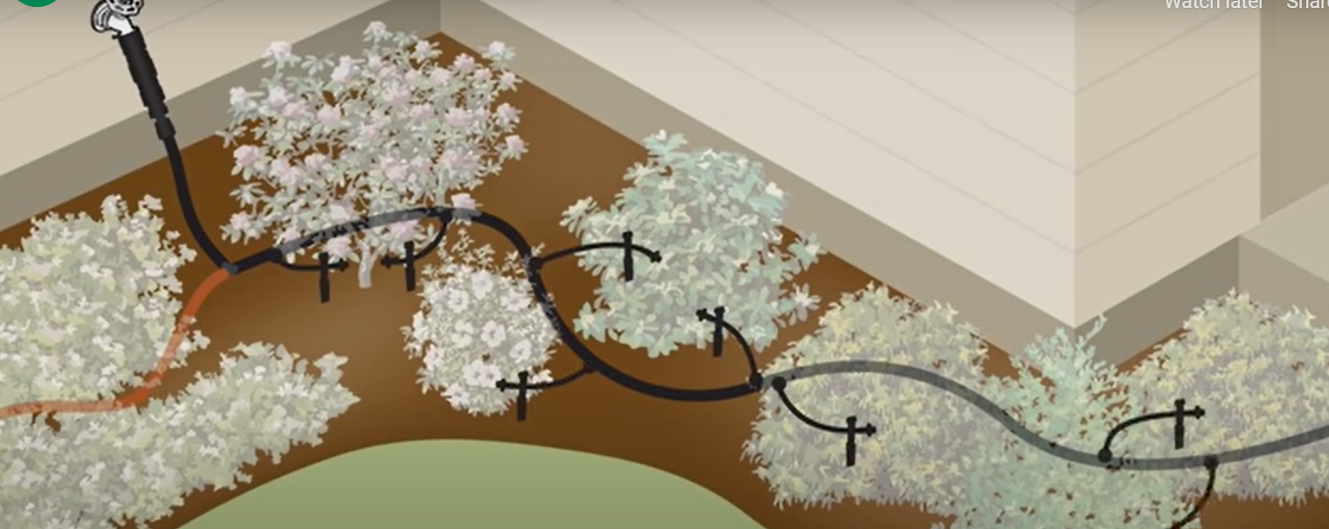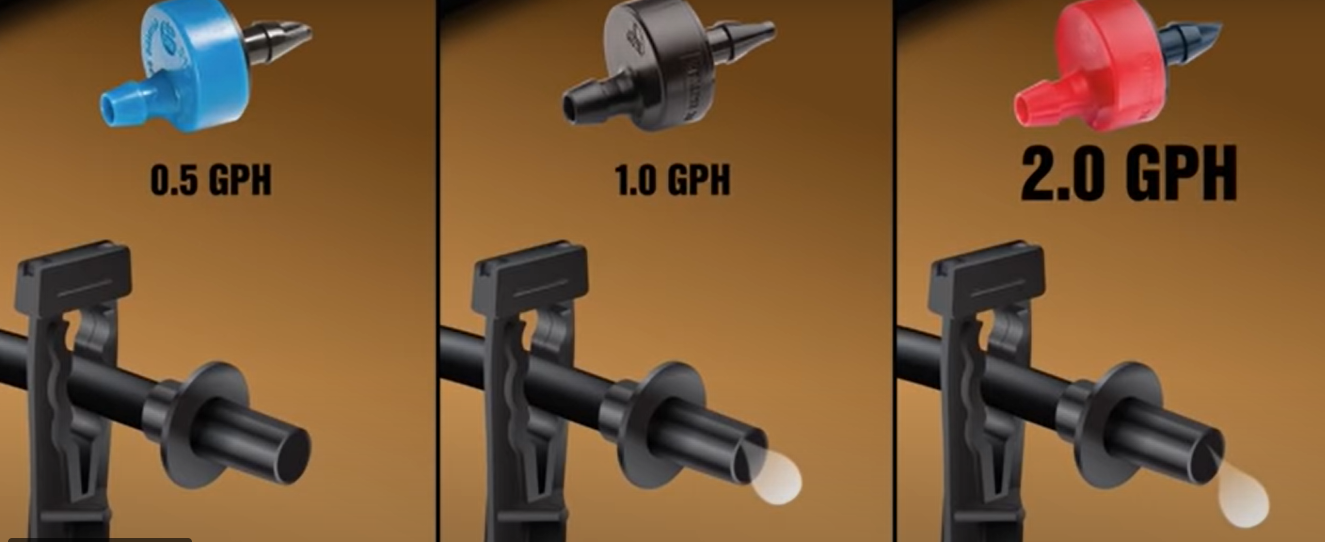- Last updated Oct 14, 2021
- Agricultural Irrigation, Drip and Micro Irrigation
Drip Irrigation
Drip irrigation is an incredibly efficient watering method it slowly waters directly to the plant root system. This eliminates water loss due to evaporation which is common with overhead watering devices like sprinklers. Overhead watering methods like sprinklers spray water on plant leaves and surrounding soil, so wasting a lot of water in the process. The excess water supplies from overhead watering encourage weeds to grow all around your garden. drip irrigation reduces the number of weeds in the garden because water is only being delivered to the plant you choose to water.
How it works
Water and nutrients are distributed throughout the field through pipes known as 'dripper lines'. Each dripper releases droplets containing water and fertilizers, resulting in the same application of water and nutrients directly to the root zone of a plant.
Why do farmers prefer drip irrigation?
The reason is simple. Drip irrigation not only provides more ROI compared to other irrigation methods but also provides farmers with an efficient and simple way to run their farms.
- Efficient use of fertilizer and crop protection, with no leaching
- Less dependency on weather, greater stability, and lower risks
- drip irrigates uniformly in any topography and soil type
- Higher consistent quality yields
- Huge water savings: no evaporation, no runoff, no waste
Why do plants prefer drip irrigation?
Like humans, plants love to balance their water and nutrients. No one wants to eat a day a month, and this also applies to plants. That is why drip irrigation water and nutrients are applied frequently and in small quantities, ensuring simple growing conditions that help to get the best yield.
Steps to follow when designing a Spot watering system
Step 1: Plan the irrigation system
Decide where the irrigation tubing is to be done and not the approximate length and number of plants you need to water.
Step 2: Choose the water source
Connecting to the water source an outside faucet is the most common. Use a pressure regulator kit to start your distribution tubing
Step 3: Run the distribution tubing
Run the distribution tubing out in your planting area. position the tubing so that it is within 1 meter of plant the watering.
Step 4: Connect your watering devices
Once you have the distribution tube in place it's time to connect your watering devices. Emitters and stakes are the heart of most drip systems.

emitters are color-coded for different flow rates make it easy to match the moisture needs for each plant.

Step 5: Place spot watering stakes
Continue adding the emitters and stake to cover all plants
Step 6: Active the system
Turn on the water supply.